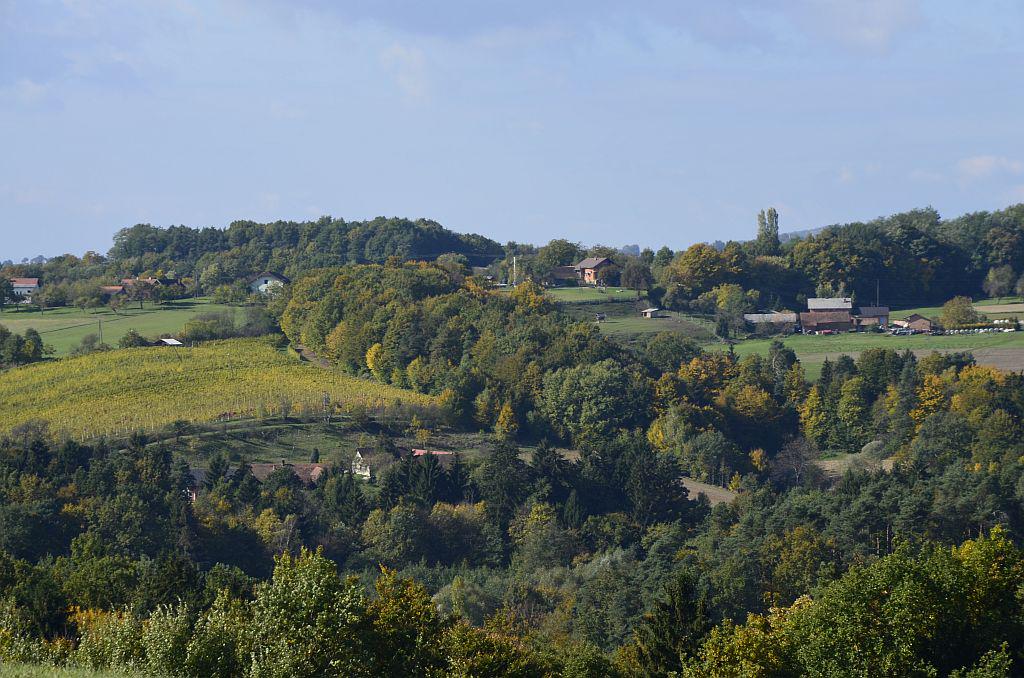
My childhood was poor. There were no toys, dolls or teddy bears, only a wooden pitchfork and a rake for hay, a hoe. The houses were full of people. Now they’re dilapidated and empty. Everything was populated and cultivated. Now there’s only silence.”
This is how Marija from the Fortuna family in Velike Dole remembers her village, which is located in the Lower Carniola. A lively trade route towards Črnomelj and Novo mesto ran through the village fifty years ago. The people in this area have always felt a devotion to the soil, and their daily routine coursed through the season seamlessly. Today it seems as if the village were still frozen in some past moment when only a macadam road led to it and poverty pestered its inhabitants.
The remoteness took away the right to education – it was often more important to help on the farm than to attend school. The distance to bigger towns caused a lot of trouble to the villagers, for example at funerals. Joži from the Tekavec family describes: “It took eight undertakers to carry the casket with the deceased a two-hours’ walk far. And sometimes there were no caskets. In this case, one of the craftsmen made a wooden board that served as a bed for the deceased.”
A hamlet called Imenje, built on the threshold of the Šmartno fortress in Goriška brda, has another unique story. The village used to boast extraordinary houses walled in with huge so-called “portons”. Well-off families, owners of orchards or vineyards, settled there. Due to the vicinity of Italy, a lot of smuggling took place and many things were transported across the border by stealth. Radovan Bajt has vivid memories of liquor smuggling.
“One needs to have money to marry. One needs to have money for divorce. And then all hell breaks loose and involves lawyers. Well, I was afraid of that. So it’s better to pick up one’s bag and go,” also explains Radovan, who never married. The same is true of his neighbour Nace Gašperin, “We’re all sorts of people, but we know about everyone who comes to the village,” adds Nace.
The village of Črnotiče, above the valley of the Rižana, has a similar story. It lies on the territory where the Istrian, Karst and Italian cultures meet. Mirko Furlan remembers how the village used to transport provisions to Trieste on donkeys. Three hundred people, in more than 49 houses, lived in the village before the war, but left after the war – to Italy, seeking better life. Črnotiče slowly emptied. Now it is a village with houses that don’t seem to belong to the present time. Here, the ruins of stone are so vivid that one starts to yearn for people whom one has never met.
Marjana Grčman, TV Slovenija; translated by K. Z.

































































